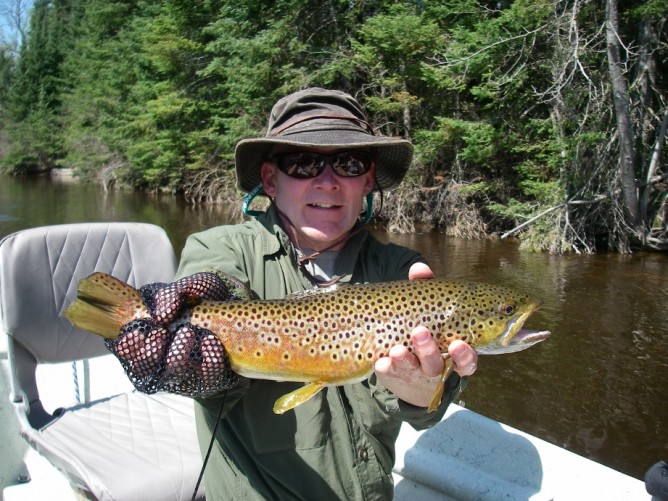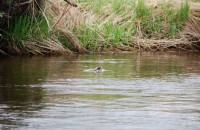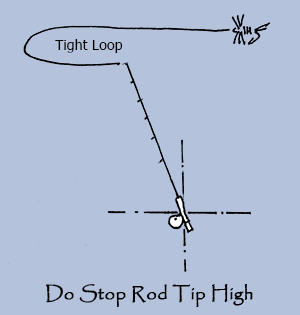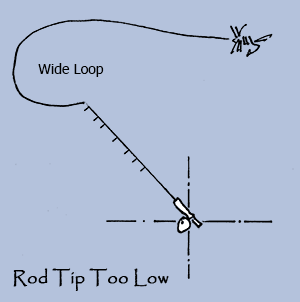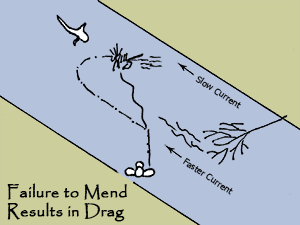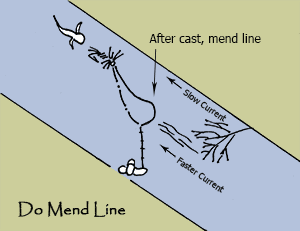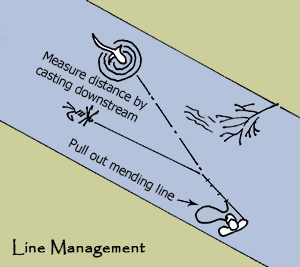Now that Labor Day is behind us, the kids are in school and the salmon are in the rivers, it’s time to look forward to a long fall season of fly fishing.
While summer-like temps are usual throughout September, the cool summer brought the salmon closer to river mouths and into rivers much earlier this year. The Betsie, Mansitee, Bear and Pere Marquette all have fish in them and should throughout mid-October. The salmon – so far, have been on average a few pounds bigger than years past but the past week we have started to see some smaller fish swimming with the big ones. The big ones – while fresh, were hard to hold onto! We are a ways from spawning so look for fish to be in the deeper holes and eating nymphs and eggs and the occasional streamer fished on a sink-tip. Being salmon, some days they just don’t want to eat anything – mix up your fly patterns and put in your casts – it only takes a fish or two to make it a great day – more than that, even better.
There has been no shortage of anglers with this year’s early start and with the big fish come less than desirable anglers and their methods used to “catch” the salmon – program your cell phones with the DNR’s RAP Hot line (Report All Poaching) and report any violators you see: 1-800-292-7800. It only takes the word of a few tickets issued to curb some of the activity so your call can make a difference.
The warm weather over the past few weeks has warmed the trout waters but they will start to drop again with the cool down and cooler evenings. The Manistee and Boardman are running very clear right now but still have trout fishing going on. Terrestrials like hoppers, flying ants and beetles are a good bet as are some attractors. Sub-surface, try your bead head nymphs in the runs and slots and a small streamer twitched will keep you in the game. Look for the brook trout to get feistier as their spawning season approaches later this month and their colors become even more vibrant. You should have the trout rivers pretty much to yourself so enjoy the solitude and some technical fishing – there has been a decent BWO hatch on the upper Manistee in the early evenings and some remaining trico spinner falls in late morning.
Good luck,
Ted
– Sorry, at this time all salmon dates are booked. Be sure to act early next year to reserve your dates –

